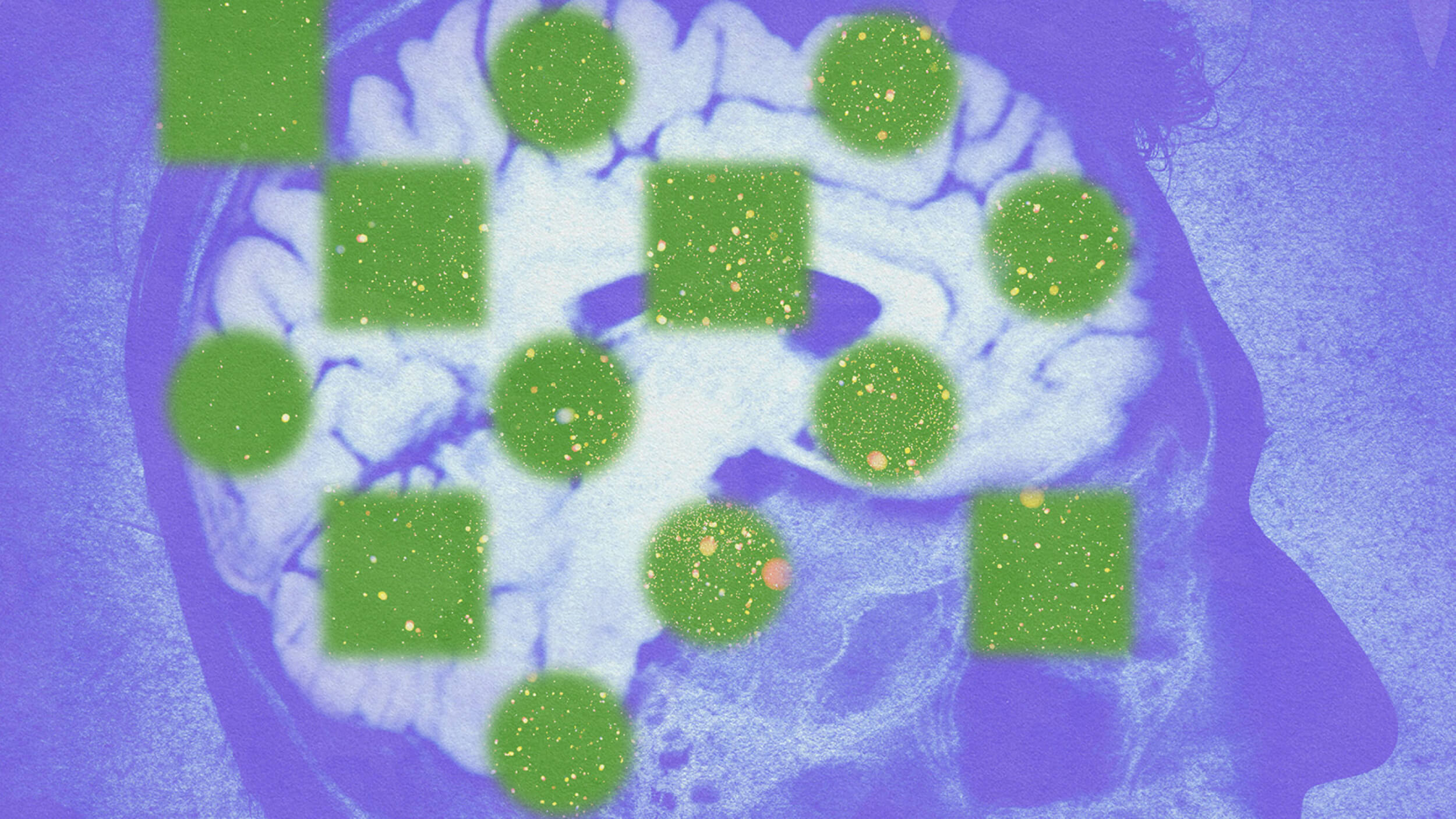Paul Hoffman, Big Think’s Editorial Chairman, introduces a panel discussion on genetic testing.
Paul Hoffman: The idea of Big Think is that we have experts talking about the ideas, and users can interact with them. They can comment, and they can create a dialog. And what could be more important, in terms of big ideas, than what we’re going to be talking about tonight, the human genome, personal genomics and swine flu and when there might be another pandemic? These are incredibly important ideas that we’re going to deal with tonight.
I am very pleased that Dr. [Harry] Ostrer was able to step in for Francis Collins. I once organized a chess event. And the grandmaster who was supposed to give commentary didn’t show up, and the excuse was that he had forgot it was his wife’s birthday. But of all excuses now, I don’t know if there’ll ever be one that tops, you know, “The White House won’t allow me to make a public appearance until my confirmation hearings go through.”
We found this out. We tried to get an exception. Actually, Francis Collins tried to get an exception on our behalf. We found out over the weekend that he wasn’t going to be able to make it then. I’m very pleased that you [Dr. Ostrer] could.
Let’s talk about the genome for a moment. Only six months into this new millennium, there was an announcement that the entire human genome had been sequenced. This is the instruction book of our lives. It’s the genetic material. It’s the order of the letters, the familiar double helix. You saw it on the cake upstairs. It’s the base pairs. It’s the order of them. Three billion of these were assembled and put in order. That’s an incredible accomplishment.
If I can channel Francis Collins for a second, what he said is, “If you were to say each of these letters out loud one per second, it would take 31 years to say them all. Or, if you took a book and you set it in normal type font, how big would this book be? Well, it would be as thick as the Washington Monument is tall.”
What’s interesting, though, as monumental as an accomplishment as it is, this is just the beginning. Because it’s a book whose language we can’t read. You can’t go to a place in this book, see the sequence of base pairs and DNA and go, aha, that means that our bodies do this, or, wow, there’s an aberration here, this is different than what most people have, this means that you have such and such a disease. It doesn’t quite work that way. So, in a way, as monumental as this accomplishment is, it’s really just the beginning.
It’s sort of interesting that we’re here on Bastille Day, because it was 220 years ago when the Bastille was stormed. If you remember, from your history books, that was the prison in the middle of Paris. And French people rose up because of what this represented--it was where Louis XVI stuck political prisoners, meaning people that questioned anything in his reign. So the Bastille was stormed. And what did they find? There were no political prisoners inside. There were just seven people that were miscreants. They were actually there because they had stolen things. So this event has created--it became really a symbolic thing. It began the events that led to the French Revolution.
The same thing is happening with the human genome. We have these three billion letters that have been sequenced. Now, we need to understand and use this. That’s what we’re going to talk about tonight.
The reason we called this panel “The Personal Genome: What We Know Now,” because this offers tremendous promise of personalized medicine, that in the future perhaps the medicine you take can be geared to a particular genetic makeup that you have. And there’s all sorts of things that we’re going to learn going forward.
One of the things we want to do today is distinguish what we know now from where all this is moving. It’s happening incredibly fast. By 2001, we have the first draft of the genome. By 2003, we have sort of a final draft. By 2007, we have companies that started that you can do genetic testing by mail. They don’t sequence your entire genome or even a big piece of it. What they do is they look for genetic markers that are known to be associated with certain diseases. So we’re going to talk about that tonight.
Recorded on: July 14, 2009.





